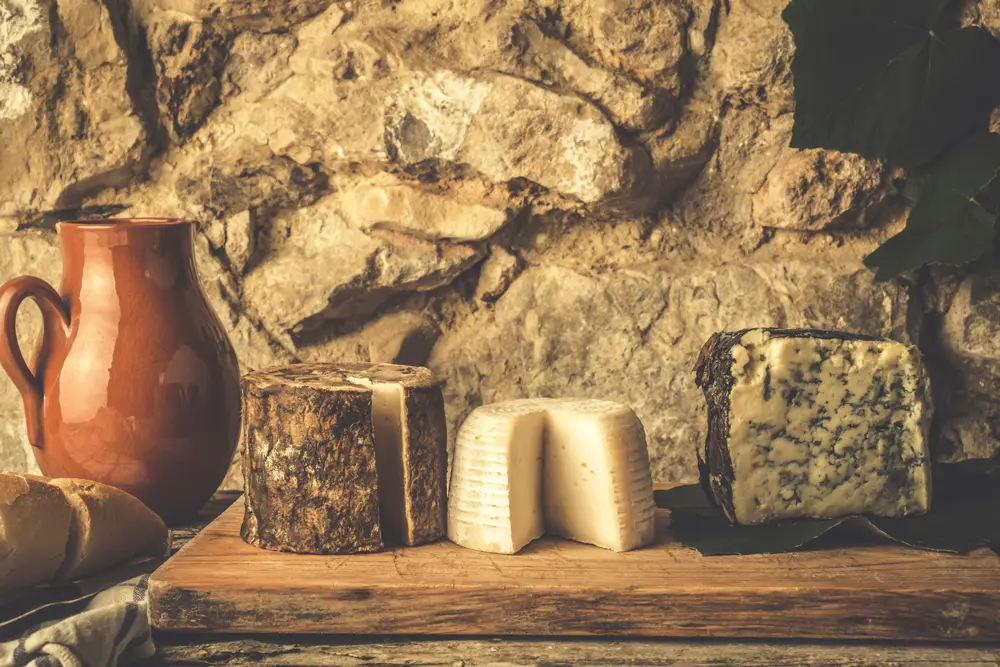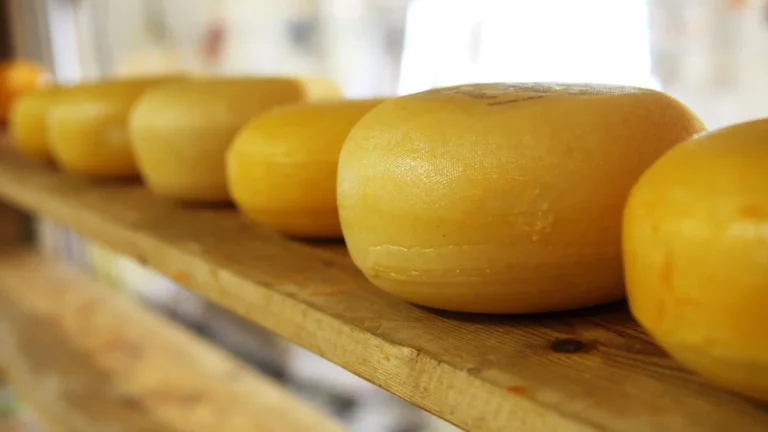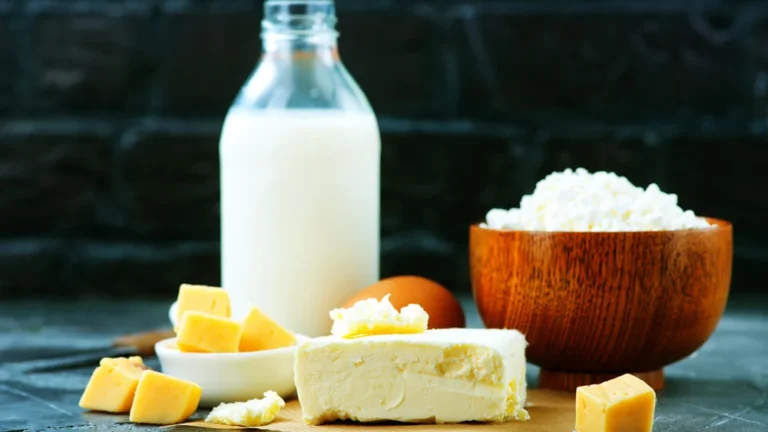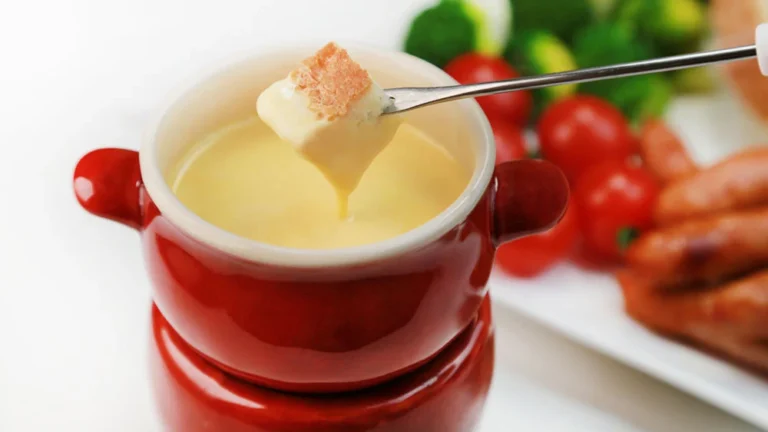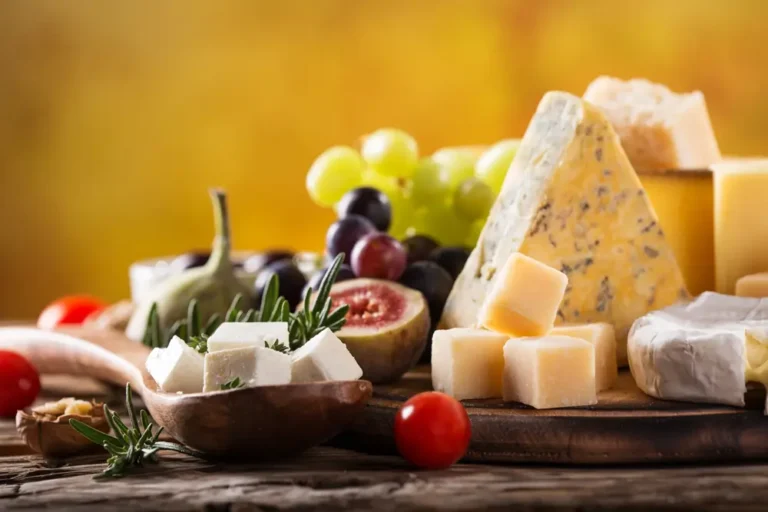Exploring the History of Cheese: From Ancient Times to the Modern Era
The existence of cheese in this modern era is undoubted. Many foods are combined with cheese, either as the main ingredient, a mix-in, or a topping. Its presence significantly enriches the flavor of the dishes served.
However, before its existence became common to many people, cheese was part of a cultural heritage that graced tables throughout the history of human civilization. We will take you on a journey through the history of cheese, from its humble origins to becoming the diverse and complex modern product it is today. Keep reading!
What is Cheese?
Before delving into the history of cheese, it’s important to understand what cheese is. Cheese is a product made from the milk of animals such as cows, goats, sheep, or buffalo. The process results in a solid that is then dried and preserved, which we know as cheese. Cheese offers a unique flavor, texture, and aroma that varies depending on the type and method of production.
The Origins of Cheese
Quoting from the National Historic Cheese-making Center, according to ancient Greek mythology, cheese may have been discovered accidentally from the practice of storing milk in containers made from the stomachs of animals. Rennet, an enzyme found in the stomachs of ruminant animals, caused the milk to coagulate, separating into curds and whey.
Cheese in the Ancient Age
1. Cheese in Ancient Egypt
Cheese was an important food for ancient Egyptian society and was often presented as an offering to the gods. The oldest evidence of cheese was found in ancient Egypt, with wall paintings and artifacts depicting the cheesemaking process around 3000 BC.
The ancient Egyptians developed cheese drying techniques that allowed it to last a long time, making it an important food source for farmers and workers.
2. Cheese in Ancient Greece and Rome
Cheese also played an important role in ancient Greek and Roman culture. The Greek and Roman peoples developed various cheesemaking techniques and used cheese in various dishes. Feta, mozzarella, and cheddar are some examples of cheeses originating from this era. Cheese was even mentioned in ancient literary works such as Homer’s Iliad and the writings of Aristotle.
3. Cheese in the Byzantine Empire
After the fall of the Roman Empire, the tradition of cheesemaking was continued by the Byzantine Empire. The Byzantine Empire played an important role in spreading knowledge about cheesemaking throughout Europe.
Byzantine monasteries became centers of cheese production and developed various new recipes and techniques. Cheese became an important commodity in trade and the diet of Byzantine society, with types of cheese such as kasseri and kefalograviera becoming popular.
Read More: 6 Biggest Cheese Producing Countries in the World
Cheese in the Middle Ages
1. Advancements in Cheese-making Technology
The Middle Ages marked technological advances in cheesemaking. During the Middle Ages, farmers and monasteries played an important role in developing cheese-making techniques.
They perfected methods of straining, curdling, and aging cheese. The use of rennet, an enzyme from calf stomachs, became common in the cheesemaking process, resulting in improved texture and flavor.
2. Emergence of Various New Types of Cheese
Various new types of cheese emerged in Europe during the Middle Ages, such as cheddar, brie, and camembert cheeses. Cheese became increasingly popular and was consumed by all levels of society. Each region developed its own distinctive cheeses, influenced by the climate, types of livestock, and local traditional techniques.
Read More: 8 Types of Cheese Most Wanted by Cheese Lovers!
Cheese in the Modern Era
Globalization and international trade have enabled the spread of cheese around the world. Countries such as France, Italy, Switzerland, the Netherlands, and the United States have become major cheese production hubs, exporting to various parts of the world.
In the modern era, cheese has undergone tremendous diversification. There are thousands of varieties of cheese with diverse flavors, textures, and aromas, ranging from soft to hard, sweet to salty, and mild to strong. Cheese is also used in various cuisines, both as a topping, an ingredient, or as a main dish.
Well, that’s the journey of cheese through history. From its humble beginnings in the past to becoming the diverse modern product it is today, cheese has enriched culinary cultures around the world. By continuing to develop techniques and create new varieties, The Laughing Cow believes that cheese will remain an important part of our dishes and culinary heritage in the future.

